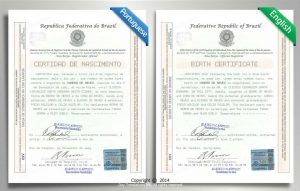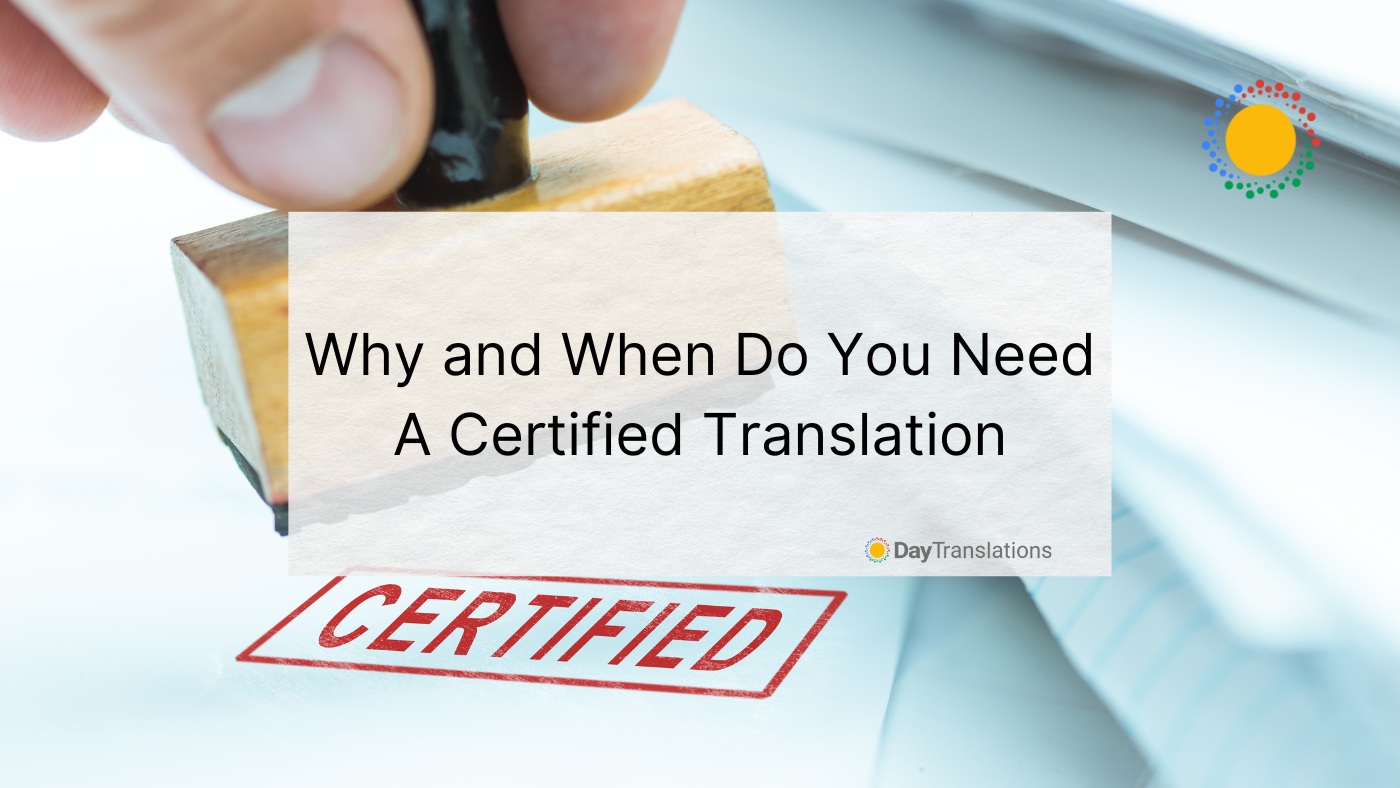Are you confused with the term “certified translation?” Do you know when it is and isn’t needed? To be able to understand why and when certified translations are needed, you should understand what makes certified and non-certified translations different.
A certified translation requires that the original document and the document translation are accompanied by a signed statement from the translator signifying that the translation is complete and accurate. Depending on the country and situation, it may or may not need a notary public to notarize it. A document could either require certified translation or a translation must have a “Certificate of Accuracy.”
A certified translation is usually created by the best qualified and most experienced translators of a reputable translation agency. The translation work goes through a rigorous process to ensure that the translation is accurate and in the same format as the original before it could be certified. In most cases, it is better to have your certified translation done by a translation agency rather than an independent translator.
When a certified translation is required
Generally, certified translations are required for legal paperwork, such as documents used in court hearings or trials, including any evidence or trial transcript that is in another language. As long as a document has to be submitted to the government or a legal body, the translations should be certified.
Certified translations are required when you are applying for a temporary visitor’s permit or if you want to immigrate to a foreign country. In this case all the documents that you need to submit that are written in another language should be translated into the country’s official language and all the translations must be certified. In the United States, the immigration bureau requires all documents not written in English to be translated and certified, except for passports. The United States Citizenship and Immigration Services (USCIS) requires that all documents should be translated in full, including everything that appears on each page of the document. The translation should also match the visual appearance of the original document, including the placement of stamps, seals and signatures.

Portuguese to English Birth Certificate Sample. More examples here
If the certified translation is to be submitted directly to the USCIS in the United States, there is no need for the certified translation to be notarized. If you are submitting your certified translations to a U.S. consulate or embassy outside of the United States, all your certified translations should be notarized.
If you wish to apply to a foreign college or university, they also often require that your transcripts, diplomas and other documents related to your education in your home country should be translated and certified.
When certified translation is not needed
You do not need certified translations of personal documents that would not be submitted for legal proceedings such as family letters and other documents. There is no need to have the translated content of a website certified.
The best thing to do when you are in doubt is to ask the company, institution or the person you are submitting the documents to. While certified translations are needed for items that create a legal record, there are also institutions and companies that have different requirements, so it is always a good idea to ask.














Afiac
Posted at 17:51h, 29 MayBrazilian is not a language. You state that you translate “Brazilian” to English, and you do “translations”?
Team
Posted at 02:23h, 01 JuneHello Afiac, thank you very much for pointing the error on our website. That has been corrected by our developer. Again, thanks.